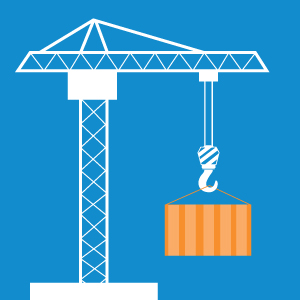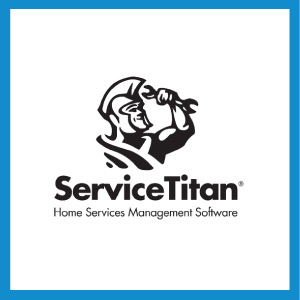Big Gains for Construction: Spending Beats Estimates
The construction industry continues to see a winning streak. Just days after the passage of tax reform, a new report from the United States Census Bureau found that the construction industry continues to beat estimates—nearly 1 percent above October estimates and nearly 2.5 percent above predictions made one year ago.
November Construction Sees Growth and Gains
From the Census Bureau January 3 Release:
“Construction spending during November 2017 was estimated at a seasonally adjusted annual rate of $1,257.0 billion, 0.8 percent above the revised October estimate of $1,247.1 billion. The November figure is 2.4 percent above the November 2016 estimate of $1,227.0 billion.”
Driven by major gains in private construction (seasonally adjusted annual rate of $964.3 billion, 1.0 percent (± 1.0 percent)* above the revised October estimate of $955.1 billion), this continues a winning streak for the construction industry, which has beaten estimates for [x] months and whose executives can look forward to sunnier futures now that they can put more money back in their business.
Private Construction Spending in 2017
Looking back over 2017 (December spending reports to be released in February), the outlook has been positive for private construction spending, and the industry has beaten it. Below, you can see the seasonally adjusted annual rates compared to estimates of the same month in 2016 and 2015.
*Please Note: We used revised numbers and final estimates where possible to calculate the percent change. This results in different percentage change numbers than those in the press release. For example, in the October spending PR from the Census Bureau, private construction spending was estimated at $949.9B, and revised to $955.1B in the November release.
| Month | Spending (in Billions) | Prior Year (in Billions) | % Change | 2015 | % Change from 2015 |
| December | TBA | $909.7 | N/A | $ 844.1 | |
| November (Projected) | $ 964.3 | $939.5 | 2.40% | $ 853.7 | 12.96% |
| October (Revised) | $ 955.1 | $ 920.1 | 3.20% | $ 845.7 | 12.94% |
| September (Revised) | $ 954.2 | $ 914.3 | 4.36% | $ 858.9 | 11.10% |
| August | $ 945.8 | $ 911.5 | 3.76% | $ 848.6 | 11.45% |
| July | $ 947.5 | $ 907.9 | 4.36% | $ 838.3 | 13.03% |
| June | $ 955.7 | $ 893.6 | 6.95% | $ 829.9 | 15.16% |
| May | $ 954.5 | $ 888.3 | 7.45% | $ 820.7 | 16.30% |
| April | $ 942.6 | $ 854.6 | 10.30% | $ 797.5 | 18.19% |
| March | $ 950.8 | $ 879.0 | 8.17% | $ 776.3 | 22.48% |
| February | $ 949.3 | $ 858.1 | 10.63% | $ 764.9 | 24.11% |
| January | $ 946.3 | $ 858.1 | 10.28% | $ 759.4 | 24.61% |
With much of the economic uncertainty out of the picture, and promises of tax reform lurking since the November 2016 election, it’s no surprise that there were multiple months in which spending saw 10%+ growth year-over-year, and nearly 25% growth over the past two years. Following the passage of the tax reform bill, it’s even more likely that you can expect more construction spending on the horizon.
Even more, with the idea of an infrastructure bill being floated around, there could even be larger increases in nonresidential construction spending as the years progress.
Biggest Winners in the November 2017 Construction Spending Report:
Residential spending continues to recover post-recession, seeing just under 10% year-over-year growth. Among the biggest growers in 2017, transportation, commercial building, and healthcare have all seen large year-over-year increases, and single-family units have kept residential construction on the rise. For more information, including year to date value, please read the entire press release.
Ready to Go in 2018?
As construction spending continues to increase, businesses can expect growth is on the horizon. This said, the current lull in business is the time you should start looking at options for the busy season. If you feel like you’re pushing your current accounting solution to its limits, now is the time to look at your next step. Sage Intacct is one of those options. Designed to meet or exceed the needs of growing businesses in the services industries, construction companies now have an option designed in the cloud, backed by one of the leaders in the construction industry. We’d like to invite you to learn more about Sage Intacct for construction companies here, and contact us for more information.








